Premium Only Content
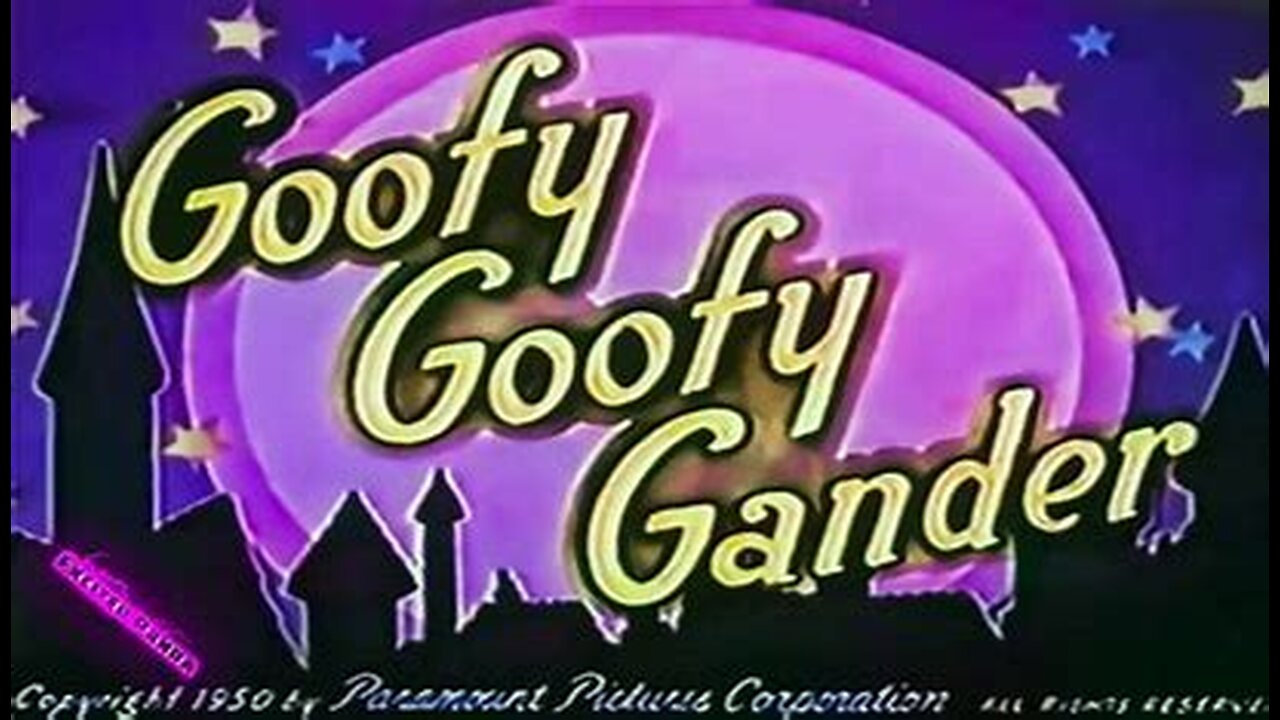
Goofy Goofy Gander (Noveltoons Cartoon, 1950)
"Goofy Goofy Gander" is a 1950 animated short from the Noveltoons series, produced by Famous Studios and released on August 18, 1950. Running approximately 6-7 minutes, this cartoon stars Little Audrey, one of the studio’s recurring characters introduced in 1947 as a replacement for Little Lulu. Directed by Bill Tytla, a notable animator known for his work on Disney’s "Dumbo" before joining Famous Studios, the short blends whimsical fantasy with gentle humor, tailored to the lighthearted tone of Little Audrey’s adventures.
The plot follows Little Audrey as she falls asleep in school while reading "Mother Goose" stories. Transported into a dreamlike nursery rhyme world, she encounters a surreal version of Mother Goose Land, where familiar characters are given a quirky, modern twist. The central figure is a hip, zoot-suit-wearing version of the Gander (a goose), who struts around with a jazzy attitude, voiced with a cool, playful flair—possibly by Jackson Beck or Sid Raymond, frequent voice actors at Famous Studios. This "Goofy Gander" leads Audrey through a series of comical vignettes involving other nursery rhyme characters, like Jack and Jill or Little Miss Muffet, all reimagined with a 1950s pop-culture spin. The dream turns chaotic as the Gander’s antics escalate, culminating in Audrey waking up just as the school bell rings, leaving her startled but amused.
The animation is typical of Famous Studios’ style—bright, bold colors and smooth, expressive character designs, though less polished than Disney’s output. The short leans on slapstick gags and visual puns, such as the Gander slipping on a banana peel or juggling nursery rhyme props, paired with a lively soundtrack by Winston Sharples that mixes swing rhythms with cartoonish sound effects. Little Audrey, with her wide eyes and mischievous charm, is voiced by Mae Questel (also known for Betty Boop), bringing a sweet yet spunky energy to the role.
"Goofy Goofy Gander" reflects the era’s fascination with blending classic tales with contemporary flair, a trend seen in other cartoons of the time. It’s a playful, if simple, entry in Little Audrey’s filmography, emphasizing fun over deep narrative, and it showcases Famous Studios’ knack for crafting entertaining one-offs for theater audiences. While not as widely remembered as some contemporaries, it captures the quirky charm of 1950s animation.
-
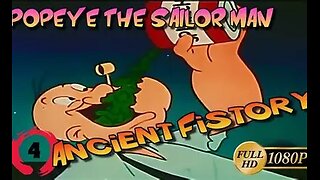 7:00
7:00
Silver Screen Echoes
1 month agoPopeye - Ancient Fistory (Cartoon, 1953)
561 -
 LIVE
LIVE
Dr Disrespect
4 hours agoLIVE - DR DISRESPECT - MARVEL RIVALS, PUBG, OFF THE GRID - TRIPLE THREAT GAME CHALLENGE
1,706 watching -
 2:19:15
2:19:15
Tucker Carlson
3 hours agoBill Gates, Truth About Vaccines, & Big Pharma’s Plot to Destroy Doctors Who Question ”The Science”
66.5K60 -
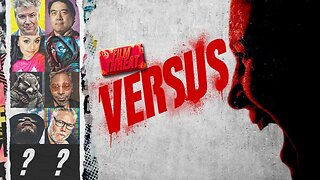 UPCOMING
UPCOMING
Film Threat
16 hours agoVERSUS: CONJURING BOX OFFICE HORROR | Film Threat Versus
412 -
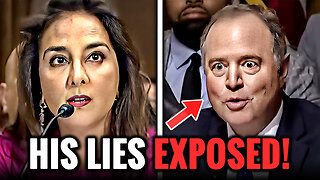 8:32
8:32
Millionaire Mentor
4 hours agoAdam Schiff LOSES IT After Trump’s AG EPICALLY Fires Back
51 -

Rallied
52 minutes agoSolo Challenges All Day
200 -
 1:11:16
1:11:16
The Quartering
2 hours agoBlack Fatigue Goes Nuclear, Baseball Karen Destroyed, Illegals At Hyundai & More!
61.5K37 -
 LIVE
LIVE
StoneMountain64
2 hours agoDelta Force Budget vs JUICER Loadouts
128 watching -
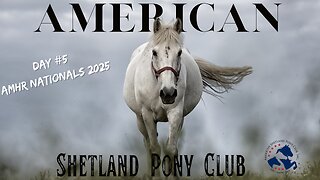 LIVE
LIVE
Radiancevideography
7 hours ago $3.74 earnedAMHR Nationals 2025 (Day #5) Ford Arena 9/8/2025
466 watching -
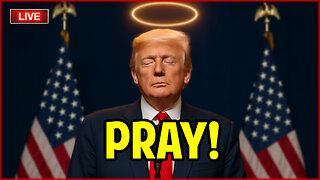 48:17
48:17
Mark Kaye
3 hours ago🔴 What Trump Said About Prayer in Schools SHOCKED Everyone!!
11.2K7